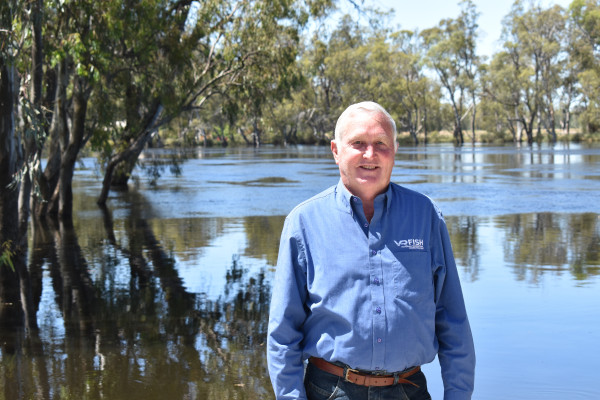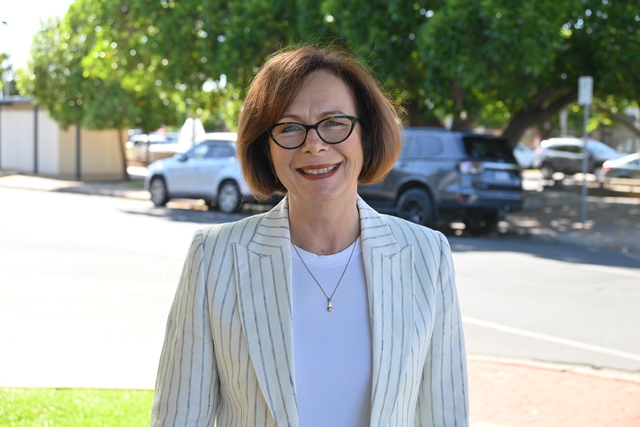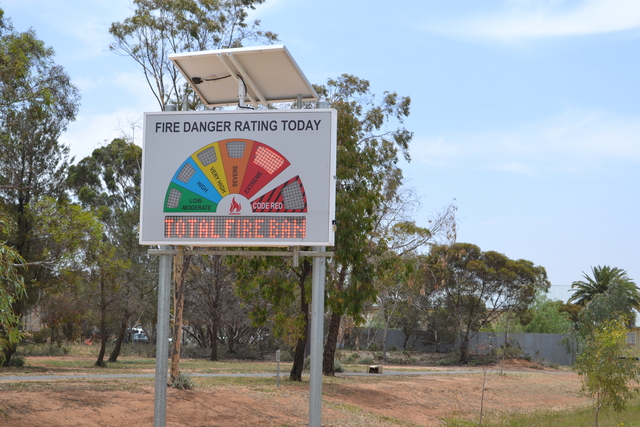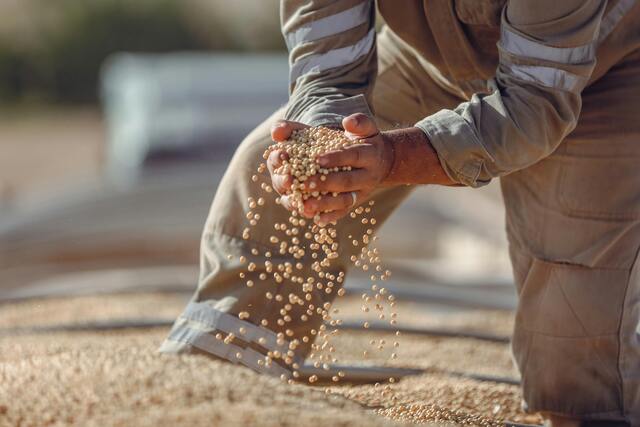MEMBER for Murray Helen Dalton has made renewed calls for the next Federal Government to “kill off the carp” in the Murray-Darling Basin.
“The first thing either of them (Anthony Albanese or Peter Dutton) should do is rescue the Murray-Darling Basin from carp infestations,” Ms Dalton said.
Government bureaucrats have planned for the release of the carp virus Cyprinid Herpesvirus 3 which causes a fatal disease in carp known as Koi Herpesvirus Disease.
But so far, neither Labor nor the Coalition, have given the go-ahead for this to happen, “leaving the Murray-Darling Basin choked by carp infestations”.
“Carp are the ultimate home-invaders,” Ms Dalton aid.
“They were introduced from overseas, and these foreign pests kill our native Australian fish and ruin our rivers.
“They breed like rabbits and it’s time to clean the carp away, once and for all.
“This bureaucratic dilly-dallying must end now.
“We’ve been talking about killing the carp for years.
“It’s time to act.
“If (the government) releases this safe, tested virus once they have been elected, we could have carp-free rivers in a matter of months.”
Mrs Dalton said the rivers need to be “reclaimed from this deadly foreign pest”.
Swan Hill fisherman and VRFish chair Rob Loats previously told The Guardian it was “time to get on” with the release of the virus.
“They’ve done all this research and it’s taken several more years,” he said.
“I just believe we have to get on with it – make a decision and release it.
“The data is showing, the science is showing huge populations of carp in our river system so even if we got rid of 50 per cent of them and followed up with a comprehensive recovery plan for native fish, we believe that’s a huge win.
“Even more so, as we lose more fish from this blackwater from the floods. We think the time is right to make a decision and get on with it.”
Mr Loats said trials could be undertaken on small, secured lakes.
Asked about a plan for carp biomass, he said it was already used as fertiliser product.
“There were one million carp that died in the Darling River and we cleaned that up pretty quickly,” he said.
“It’s a delay tactic … keeping people in jobs by the looks of it.”
The Federal Government in 2016 announced a $15 million investment to develop the National Carp Program, as a long-term biological control program for the invasive species.
However, it has been paused because governments are concerned about the potential for mass carp kills and the temporary impact they may have.
The long-awaited National Carp Control Plan report was released in late 2022, and found more research into the virus was required.
It outlines how biological control methods could be used to reduce carp numbers.
According to the report, a carp herpes virus could reduce and suppress populations by 40 to 60 per cent and by up to 80 per cent in less resilient populations.
It recommends further research into how the virus could affect other fish species, including native species, and undertaking more real-life modelling on Australian variants of carp.
Concerns remain around impacts on water quality from decomposing fish, how long the virus would remain effective at killing carp and whether it could infect native fish populations.
An Agriculture Department spokesperson said as an established pest species, the eradication of carp was unlikely.
“The purpose of the NCCP is to assess how effective the carp virus could be in controlling carp populations,” the spokesperson said.
“If agriculture ministers decide to proceed with the biological control program, further public consultation will certainly occur before any virus release.”







